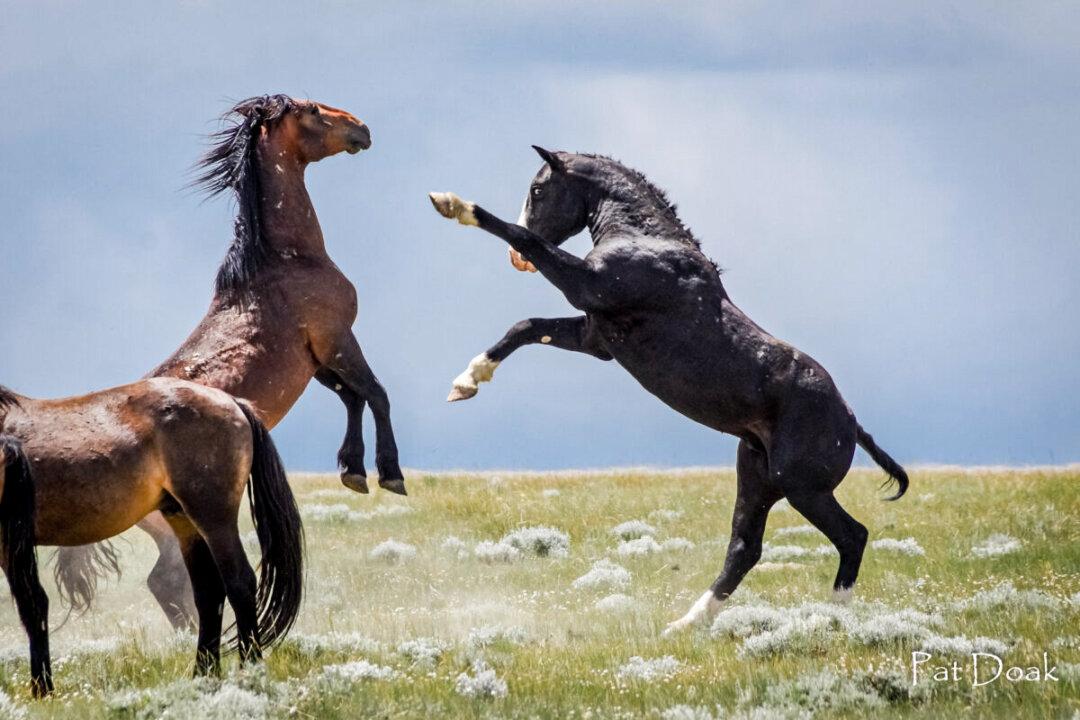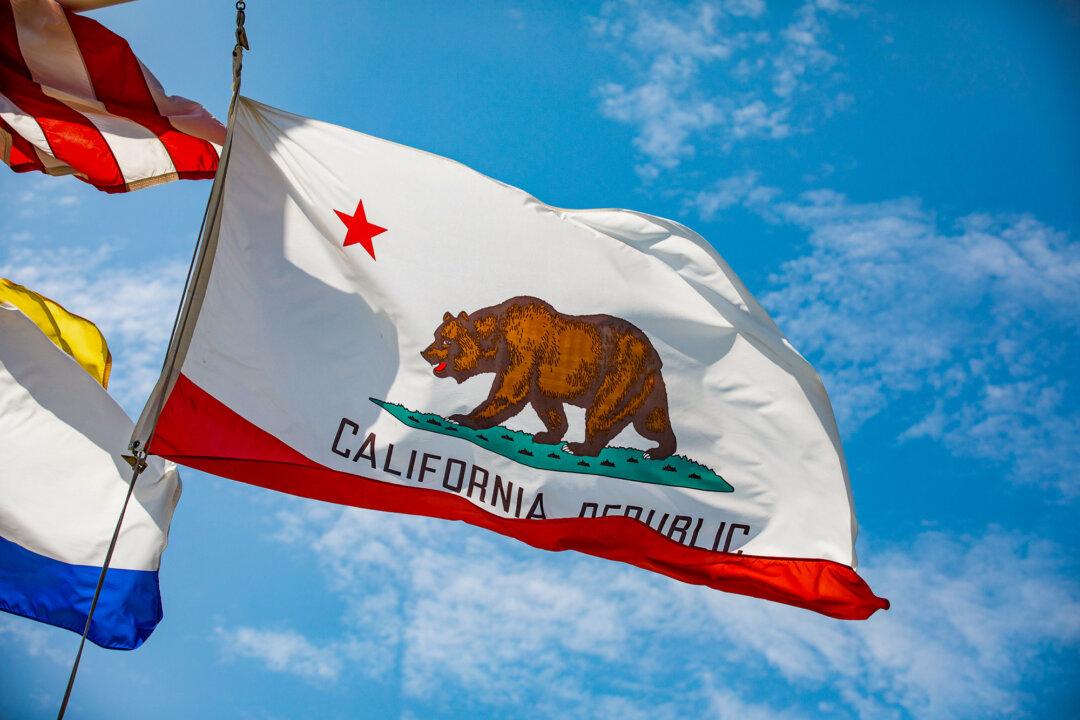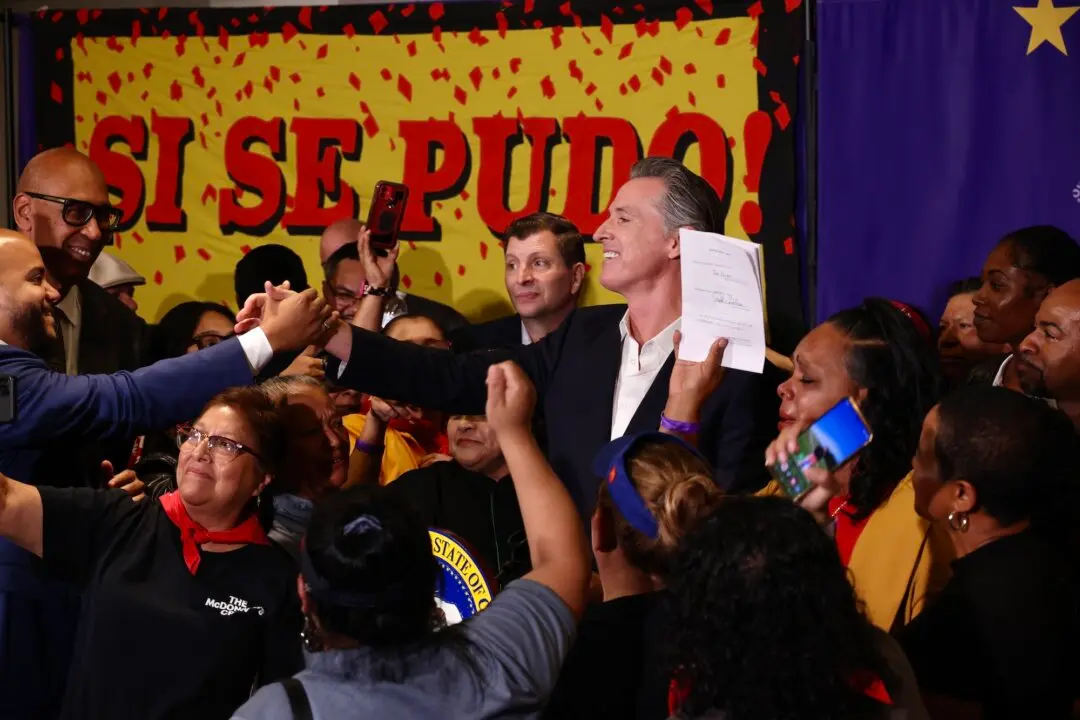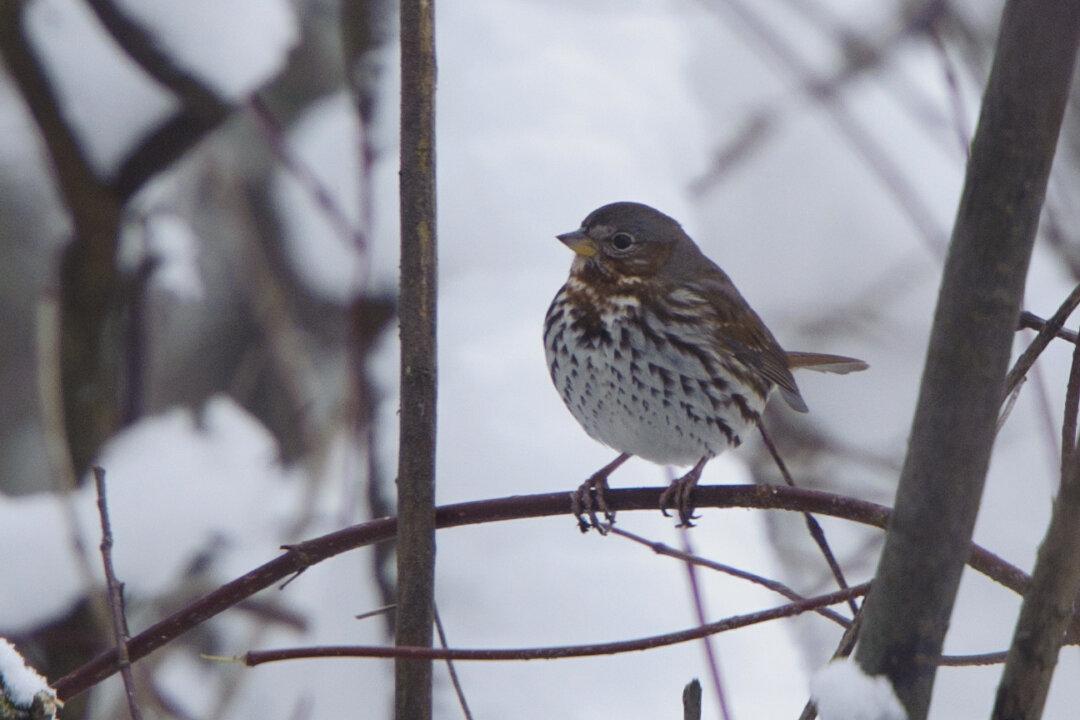The story of the American mustang is one that reflects much of the country’s own story: one of resilience and freedom. This is the central theme explored in the documentary “The Mustangs: America’s Wild Horses.”
“We wanted to tell, first of all, a great story and feel like an American adventure. We go to all these places throughout the West,” Steven Latham, the film’s director, told NTD Television.






